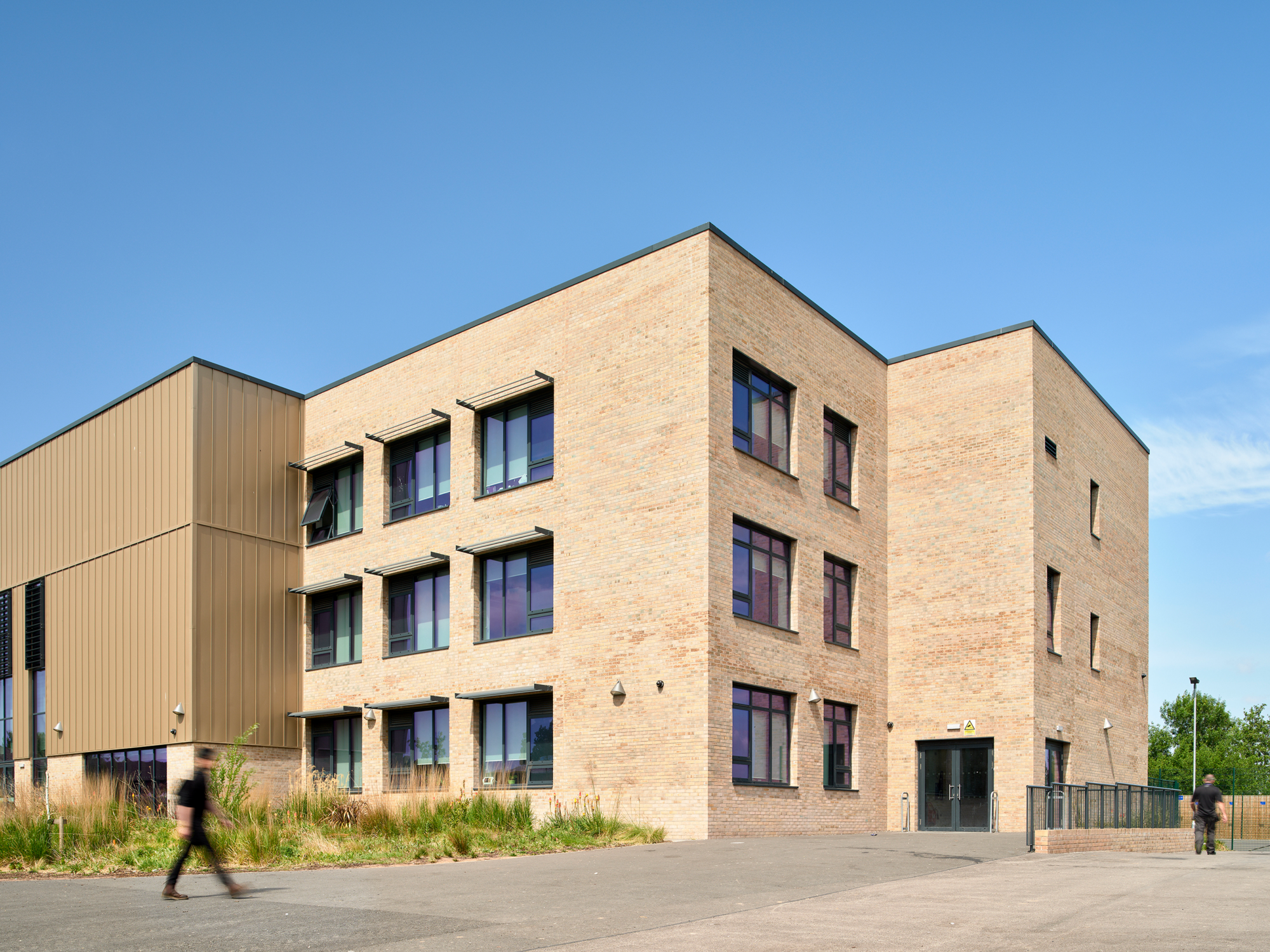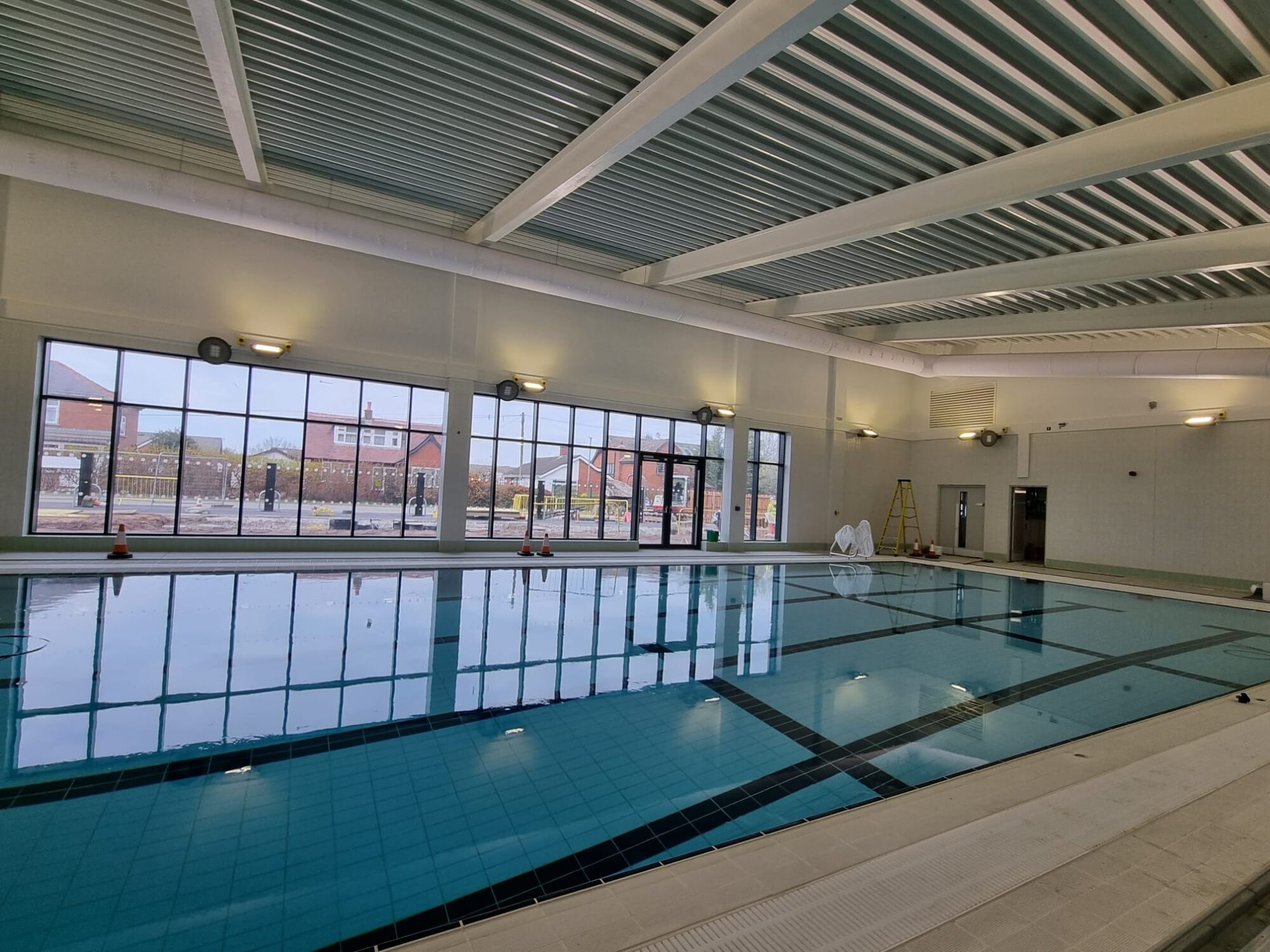
Tarleton Academy
Client type Main Contractor & Public Sector


Completed by
A complex net-zero-in-operation school built for the future.
An outdated secondary school was replaced with a new facility as part of the Department for Education’s (DfE) £1 billion School Rebuilding Programme. The new three-storey development includes state-of-the-art classrooms, specialist science laboratories, dining and assembly spaces, and a main hall. In addition, students and the wider community benefit from a multi-use games area (MUGA) and an on-site swimming pool.
As part of the first tranche of zero-carbon-in-operation facilities being delivered in line with the Department for Education’s sustainability specification, there was an acute focus on ensuring the building was designed for both current and future generations, with adaption measures in place to respond to the effects of climate change. Several innovative renewable technologies, including air source heat pumps, ground source heat pumps and photovoltaics, have been implemented, and we carried out TM54 calculations in order to determine the predicted energy use of the building.
The inclusion of a swimming pool within the academy brought with it several design challenges, not least the significant impact the pool would have on the energy profile of the building. To manage this, we effectively split the TM54 calculation into two parts: one for the school and one for the pool.
This meant the school achieved the net-zero-carbon-in-operation requirement, with full knowledge of what is needed in the future to achieve net-zero-carbon-in-operation for the pool. To adhere to the latest DfE requirements, a full CIBSE TM52 overheating analysis was undertaken using a weather file that represents a 2°C temperature rise to ensure that the school can operate comfortably for the foreseeable future. The school was also modelled using a weather file that represents a 4°C temperature rise with some easy adaption measures implemented to ensure suitability for future generations.
One of these easy adaption measures is the ability to use the GSHP as a passive cooling system during summer periods when external temperatures rise. This is done by pumping around cool water from the boreholes and utilising the existing pipework and heat emitters to effectively cool the building.
